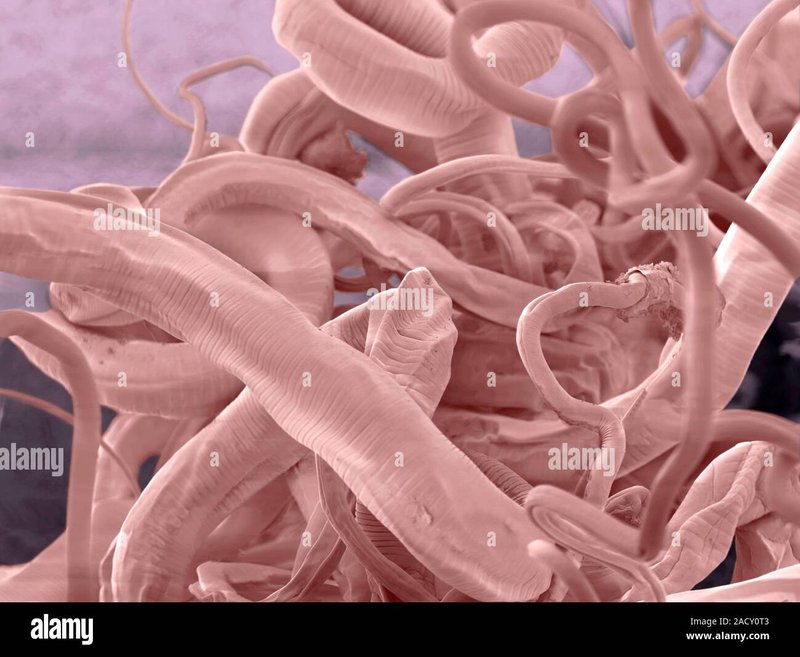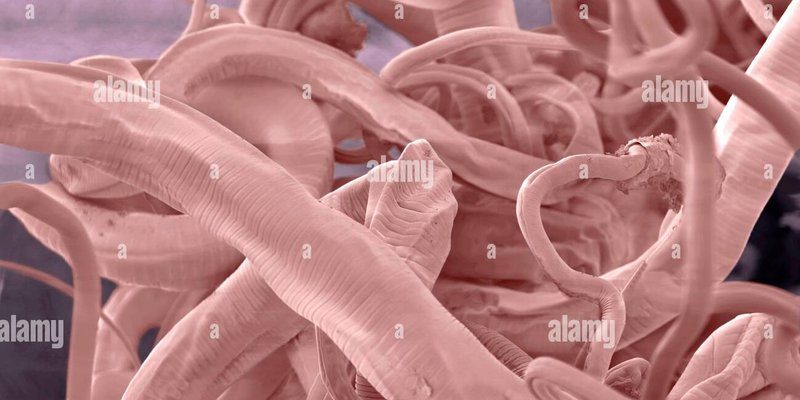
Using whipworm in environmental monitoring might sound like something out of a sci-fi movie, but it’s actually a scientific practice that’s gaining traction. By studying whipworms and their interactions in various habitats, researchers gain valuable information about environmental conditions. Here’s where it gets interesting: instead of just relying on high-tech gadgets, we’re looking to nature’s own indicators to help us understand the world around us.
What Are Whipworms?
Whipworms belong to the genus Trichuris and are primarily known for their parasitic lifestyle, infecting the intestines of their hosts, particularly mammals. They are shaped like thin whip-like threads, which is where they get their name. Despite their reputation as parasites, whipworms play an important role in the ecosystem. In many cases, they can help maintain a balance between various species in their environment.
You might be wondering why we would use a parasite for monitoring. Here’s the thing: whipworms can also serve as indicators of health in their hosts and the surrounding ecosystem. Their presence or absence can reflect changes in environmental quality, making them an important species for environmental monitoring.
Why Use Whipworms for Environmental Monitoring?
There are several reasons why whipworms can be useful in environmental monitoring. First, their sensitivity to changes in their environment means that they can serve as early warning signs of ecological shifts. For instance, a sudden increase in whipworm populations might indicate a rise in pollution levels or changes in climate conditions. This gives researchers a way to monitor environmental health without invasive procedures.
Another key factor is that whipworms can survive in various conditions, which makes them adaptable indicators. They can thrive in diverse habitats, from agricultural fields to urban areas. By studying their populations, scientists can gather data about soil quality, moisture levels, and even the impacts of pesticide use.
How Whipworms Indicate Environmental Changes
So, how do whipworms actually signal changes in the environment? To start, they are affected by the nutrient levels and overall health of the soil. If the soil becomes overly polluted or depleted of nutrients, whipworm populations can decline, signaling that something’s wrong.
For example, in areas where agricultural runoff contaminates water, researchers have noted a decrease in whipworm populations. This signals not only that the water is becoming toxic for the worms, but also that it could be harmful to other wildlife and plants in the area. It’s like a canary in the coal mine, alerting us to potential dangers.
Challenges in Using Whipworms as Bioindicators
While using whipworms for environmental monitoring sounds great, there are challenges. For starters, researchers need to ensure they’re collecting accurate data. It’s essential to have a good understanding of the local whipworm populations and their natural behaviors. Misinterpretations can lead to incorrect conclusions about environmental health.
Additionally, factors like climate change and habitat destruction can affect whipworm life cycles. This might skew the data, making it hard to pinpoint the exact cause of population fluctuations. It’s crucial for scientists to consider these variables when using whipworms in their studies.
Case Studies: Successful Applications of Whipworm Monitoring
There have been several successful applications of whipworm monitoring in various ecosystems. One notable case involved a study on agricultural fields that utilized whipworm populations to monitor soil health. Researchers discovered that by tracking whipworm density, they could gauge the impact of different farming practices on soil quality.
In another study, scientists used whipworms to assess the effects of urban pollution. They found that areas with higher levels of contaminants had significantly fewer whipworms. This information helped city planners understand the environmental impact of urban development and identify areas in need of remediation.
The Future of Whipworms in Environmental Science
As science advances, the role of whipworms in environmental monitoring is likely to expand. New technologies, like genetic analysis, can give scientists deeper insights into whipworm populations and their health. This means we can combine traditional monitoring with cutting-edge innovations.
Here’s the exciting part: as researchers continue to explore the relationship between whipworms and their environments, we could unlock new ways to protect and restore ecosystems. The more we understand about whipworms, the better equipped we’ll be to tackle environmental challenges.
How to Get Involved with Whipworm Research
If you’re passionate about the environment and want to contribute to whipworm research, there are a few ways to get involved. First, consider volunteering with local conservation organizations that focus on soil health and monitoring. Many groups appreciate extra hands in the field, especially for collecting samples or conducting surveys.
You could also explore academic programs that focus on ecology or environmental science. Many universities conduct research on bioindicators like whipworms, and joining a lab can provide hands-on experience. Plus, you’ll be part of a community dedicated to making a positive impact on our planet.
In conclusion, using whipworm for environmental monitoring is a fascinating approach that highlights the connection between our ecosystems and the creatures that inhabit them. By utilizing these unwitting little helpers, researchers can gather vital information to help protect our environment from pollution, habitat loss, and climate change. As we learn more about the natural world and its indicators, we can make informed decisions to maintain a healthy planet for future generations.

